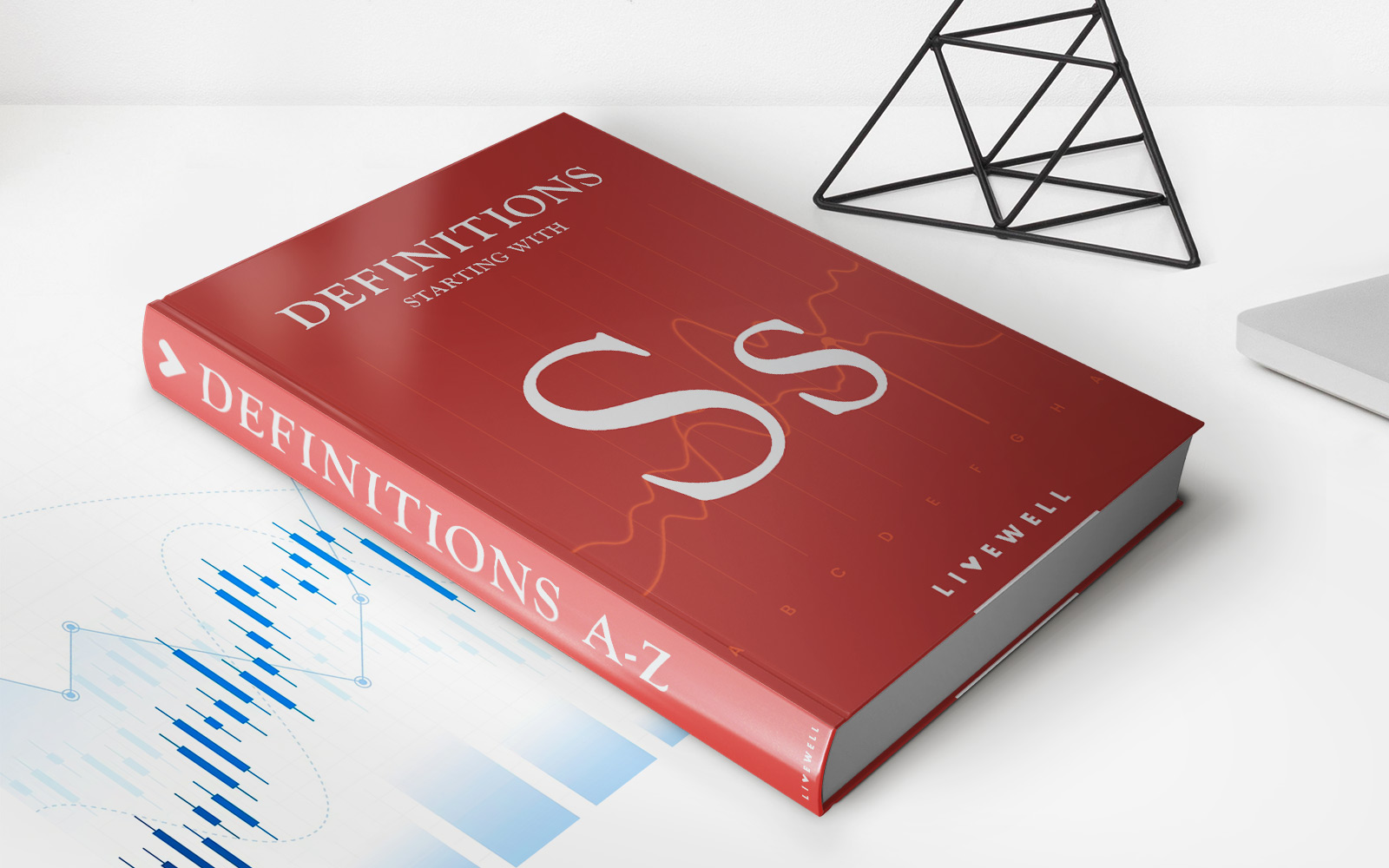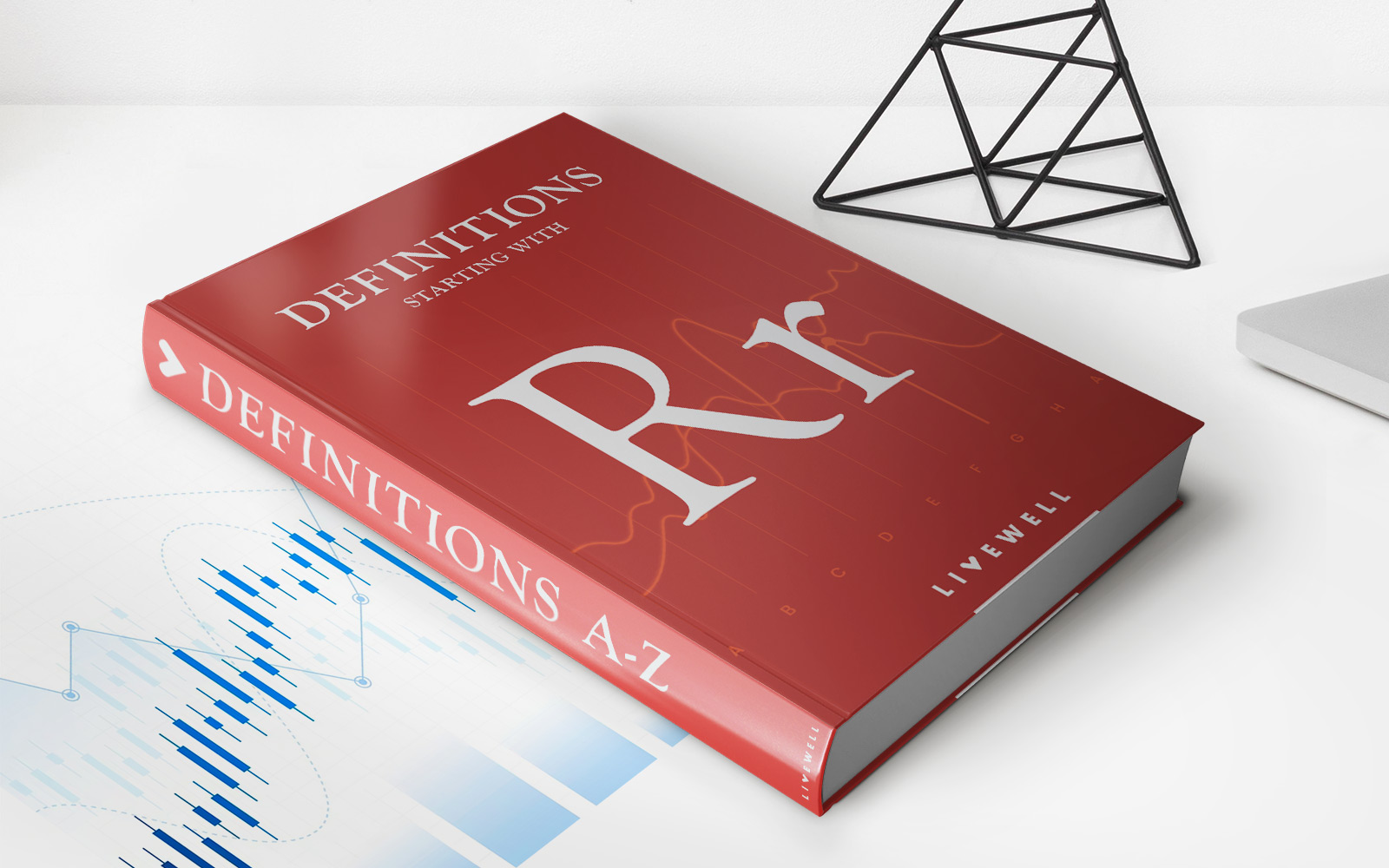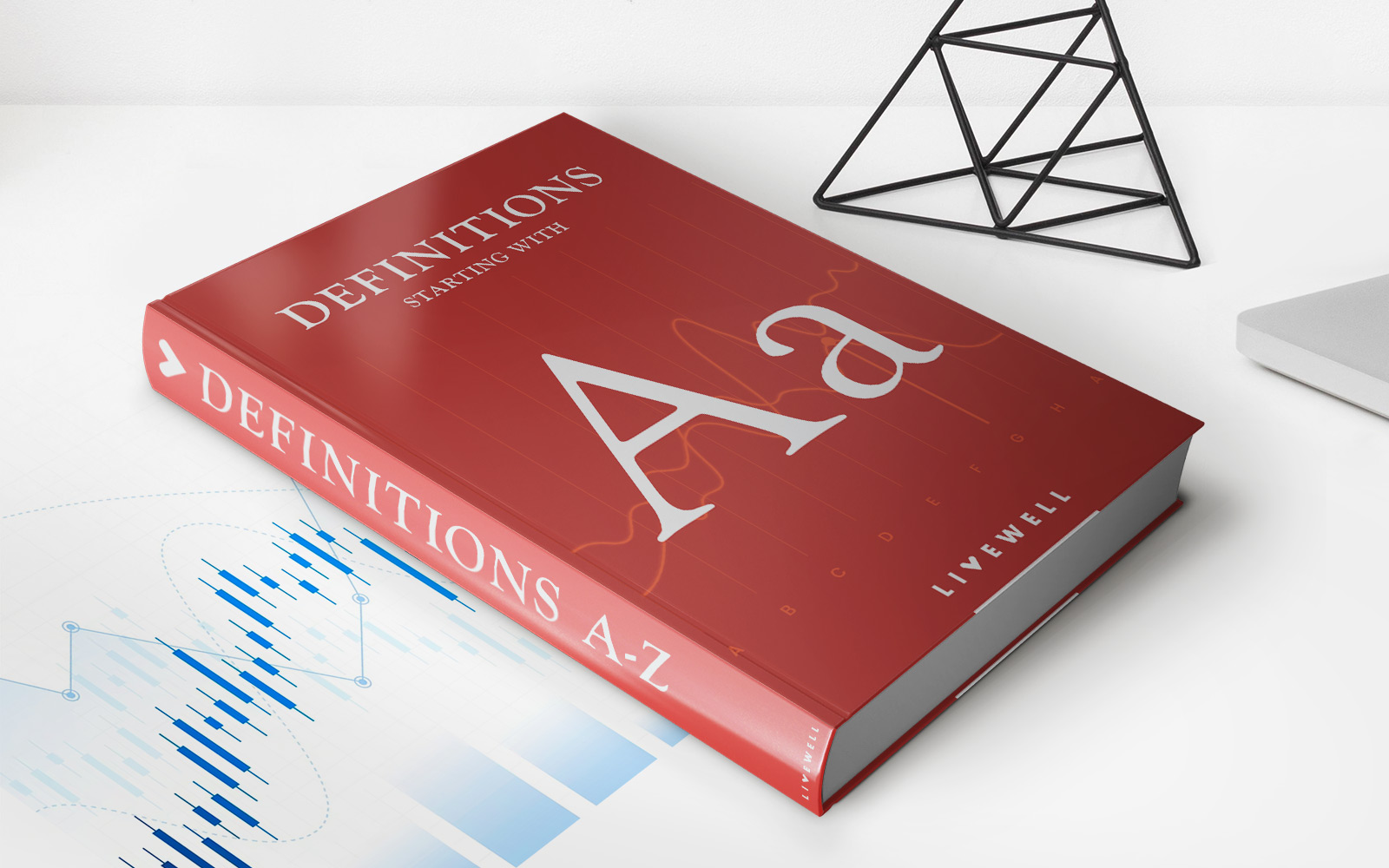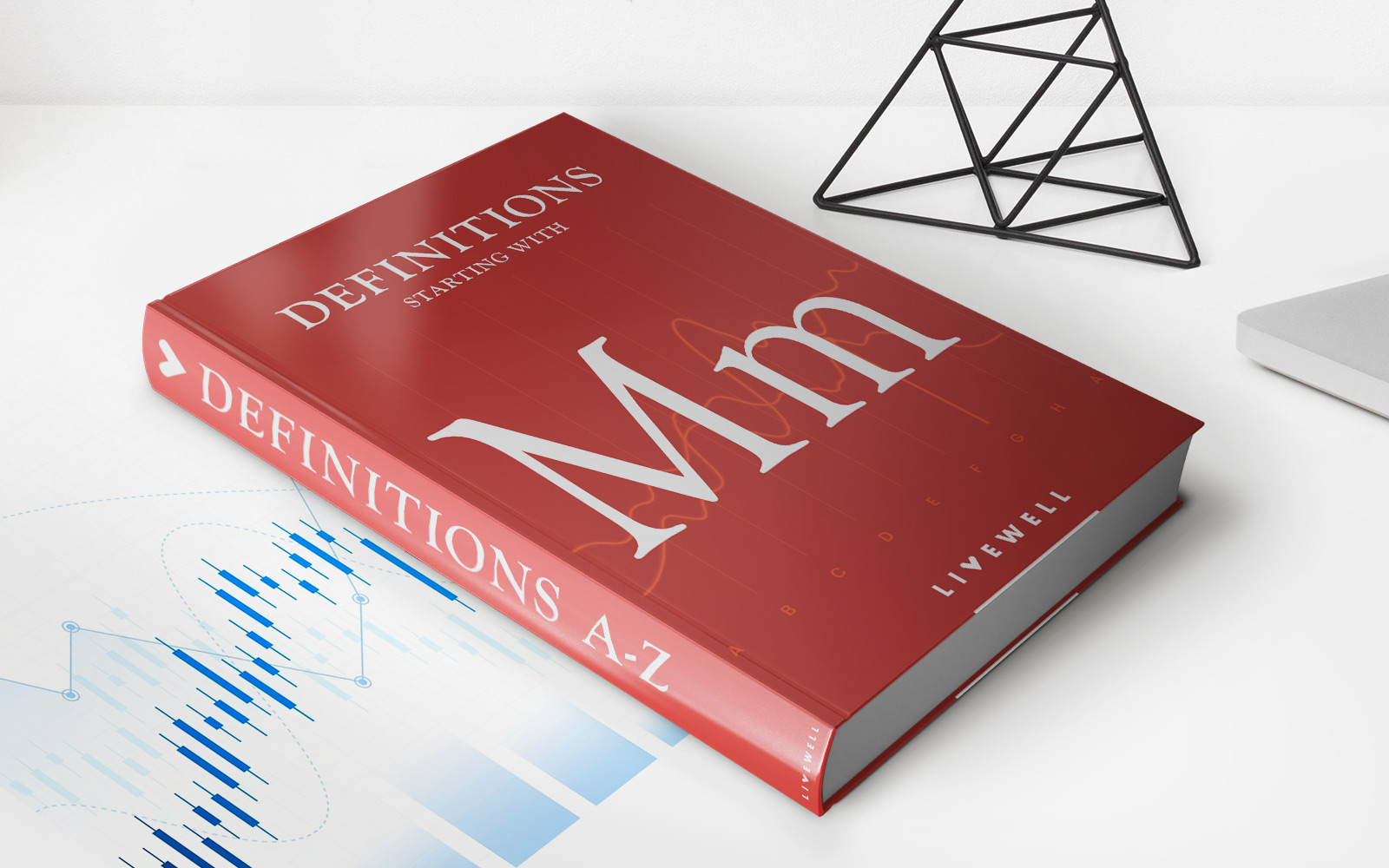Home>Finance>Stated Income / Stated Asset Mortgage (SISA) Definition


Finance
Stated Income / Stated Asset Mortgage (SISA) Definition
Published: February 1, 2024
Learn what a Stated Income/Stated Asset Mortgage (SISA) is in the realm of finance. Find out eligibility requirements and how it can benefit borrowers.
(Many of the links in this article redirect to a specific reviewed product. Your purchase of these products through affiliate links helps to generate commission for LiveWell, at no extra cost. Learn more)
Understanding Stated Income / Stated Asset Mortgages (SISA): A Comprehensive Guide
Welcome to our Finance category, where we dive deep into various financial topics to help you make informed decisions. In this blog post, we’ll explore the fascinating world of Stated Income / Stated Asset (SISA) mortgages and provide you with a clear understanding of what they are and how they work. So, if you’re curious about SISA mortgages and want to explore an alternative option for obtaining a home loan, you’ve come to the right place.
Key Takeaways:
- Stated Income / Stated Asset (SISA) mortgages allow borrowers to state their income and assets without providing explicit documentation.
- These mortgages are typically used by self-employed individuals or those with non-traditional sources of income.
What are Stated Income / Stated Asset Mortgages?
In traditional mortgage applications, borrowers need to provide detailed documentation of their income and assets, including pay stubs, tax returns, and bank statements. This process can be challenging for individuals who have non-traditional income sources or are self-employed. That’s where Stated Income / Stated Asset (SISA) mortgages come into play.
SISA mortgages allow borrowers to state their income and assets on the application without providing official documentation to verify them. This type of loan was initially designed for self-employed individuals or those who earn income through unconventional means, such as freelancers or contract workers.
It’s important to note that although SISA mortgages offer flexibility in terms of income verification, they generally have higher interest rates compared to traditional mortgages. Lenders may consider additional factors, such as credit score, employment history, and down payment amount, to determine the borrower’s eligibility and interest rate.
How Do Stated Income / Stated Asset Mortgages Work?
While the application process for SISA mortgages may be less documentation-intensive, borrowers still need to meet specific criteria. Let’s take a look at the process step by step:
- Application: Borrowers complete the loan application, providing basic information such as their income, assets, and debts.
- Stated Information Validation: Lenders may cross-verify the stated information by checking credit reports and other relevant documents such as business licenses or contracts.
- Loan Offer: Upon review and assessment of the borrower’s application, lenders will decide whether to provide a loan offer, including the interest rate, loan amount, and any associated fees.
- Acceptance and Funding: If the borrower agrees to the loan offer, they accept it and move forward to complete the necessary paperwork. The lender then funds the loan, and the borrower can proceed with their home purchase or refinance.
It’s worth noting that since SISA mortgages involve less rigorous income verification, they carry a higher risk for lenders. As a result, borrowers may be required to have a larger down payment or a higher credit score to compensate for the added risk.
The Pros and Cons of Stated Income / Stated Asset Mortgages
Like any financial product, SISA mortgages have their advantages and disadvantages. Let’s explore some of the key pros and cons:
Pros:
- Flexible income verification process, suitable for self-employed individuals or those with irregular income streams.
- Potential for quicker loan approval compared to traditional mortgages.
- Opportunity for borrowers to purchase a home or refinance even with unconventional income sources.
Cons:
- Usually, higher interest rates compared to traditional mortgages.
- May require a larger down payment or higher credit score to offset the increased risk for lenders.
- Can be subject to greater scrutiny from lenders due to the potential for loan defaults in the past.
By understanding the pros and cons, borrowers can make an educated decision on whether a SISA mortgage aligns with their financial goals and circumstances.
Conclusion
Stated Income / Stated Asset (SISA) mortgages offer an alternative option for individuals with unconventional income sources or who are self-employed. These mortgages provide flexibility in income verification, allowing borrowers to state their income and assets without providing extensive documentation.
While SISA mortgages can be beneficial, it’s crucial to consider the higher interest rates and other related factors before making a decision. Consulting with a reputable mortgage professional can help you navigate the process and determine if a SISA mortgage is the right financial choice for your specific situation.
We hope this comprehensive guide has shed light on the world of SISA mortgages and provided you with the knowledge you need to make informed decisions regarding your home loan options.














